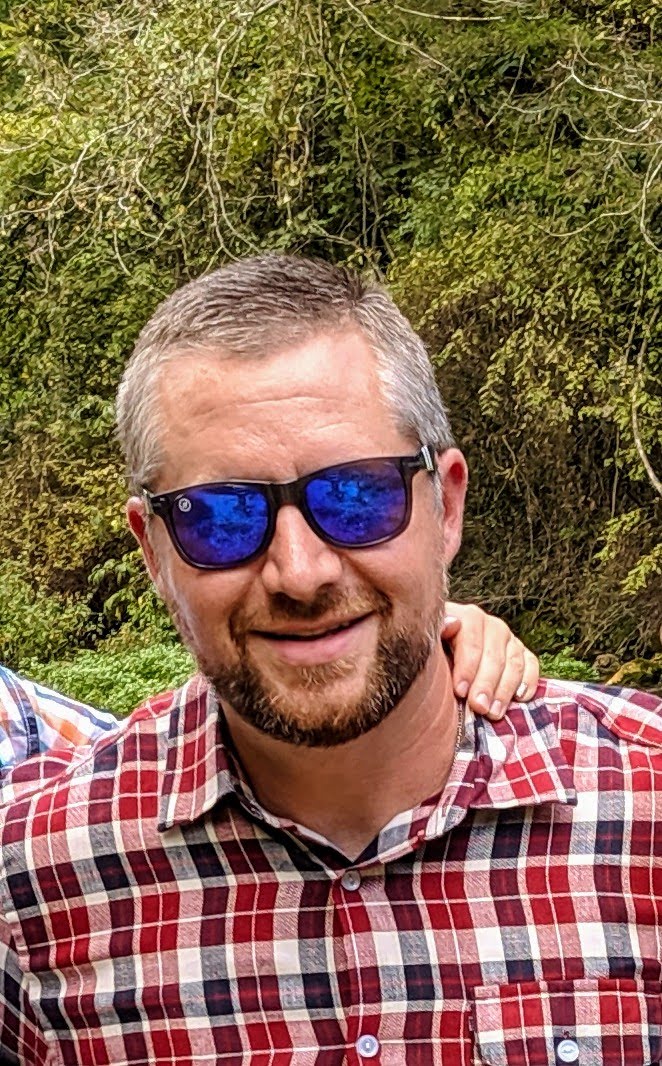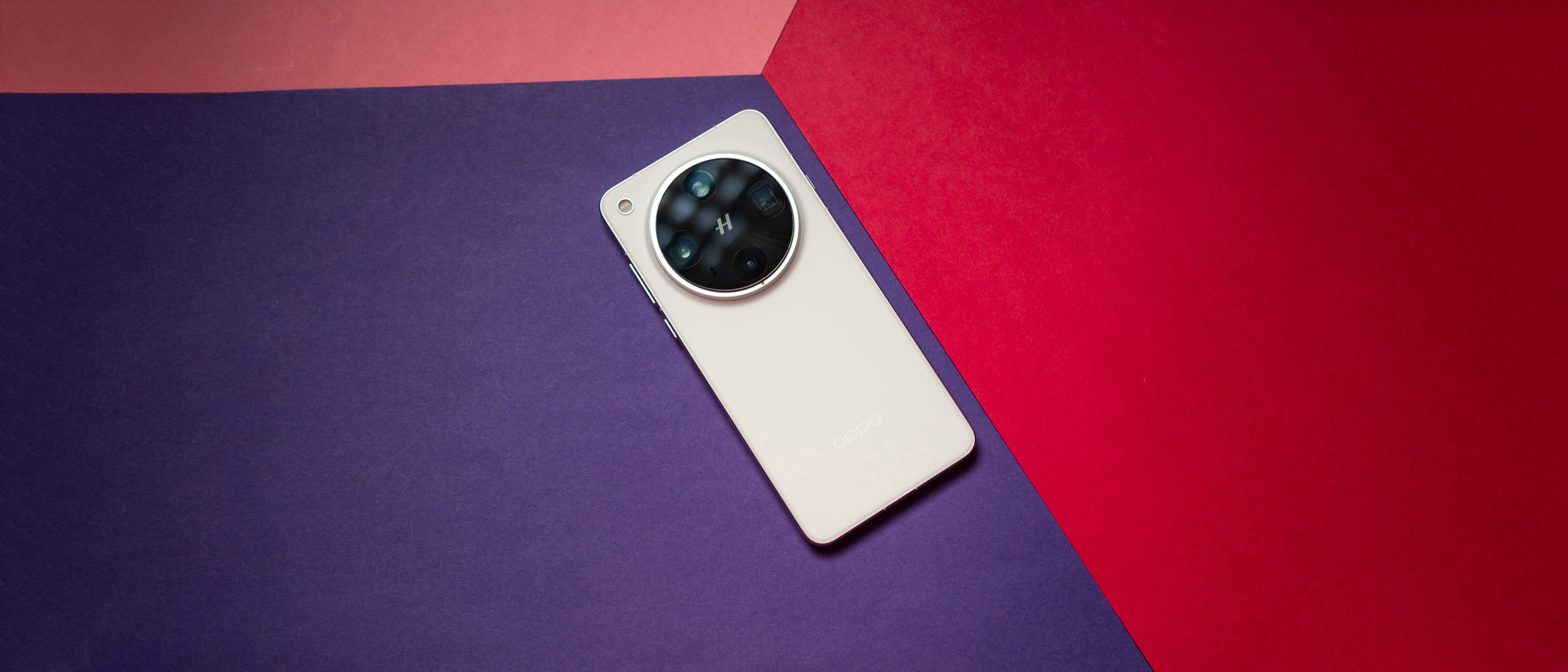T-Mobile and other carriers still haven't covered rural areas, regardless of what they say
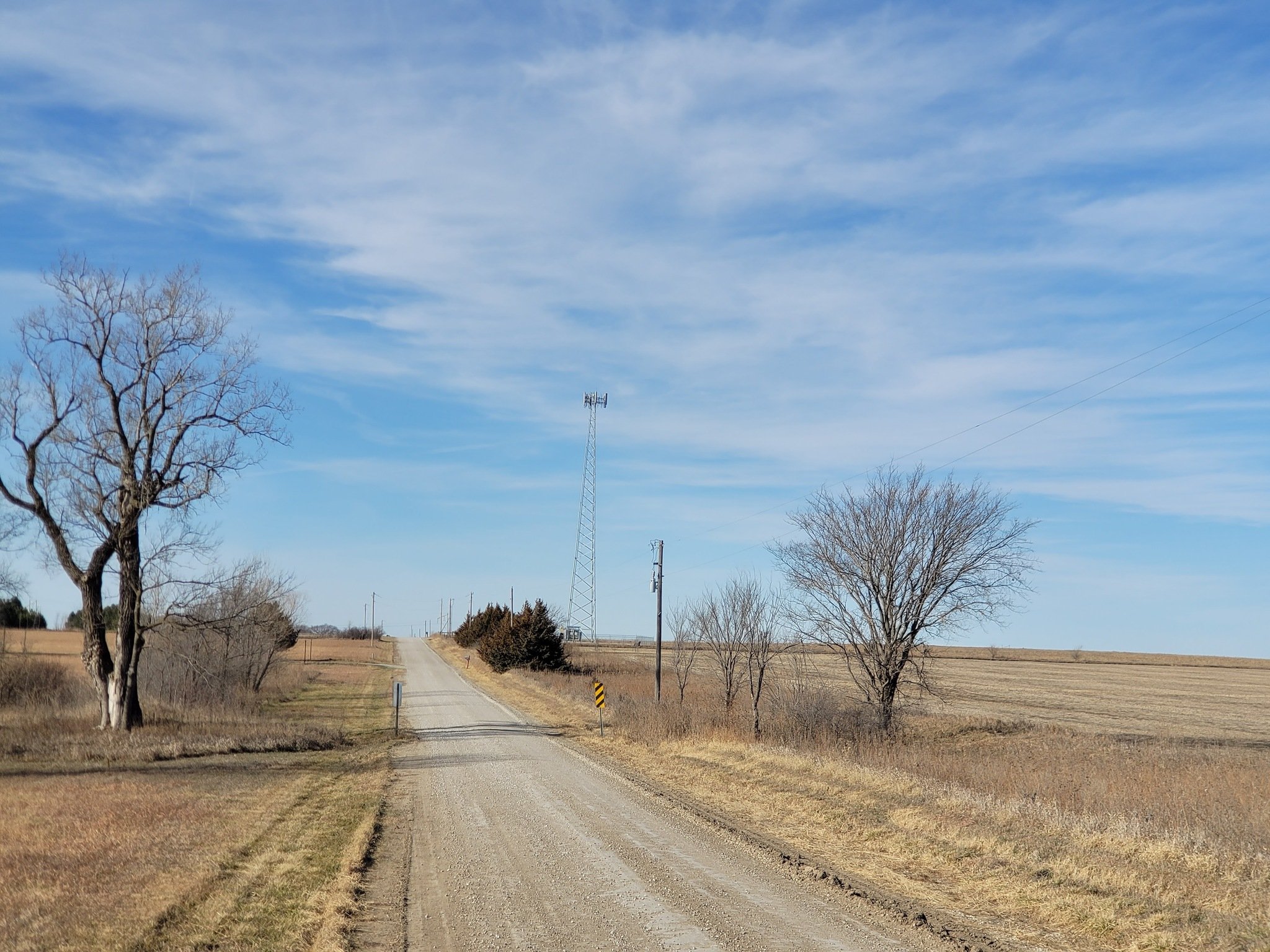
I wrote a plea in December 2020 for 5G to be the technology that saved my rural broadband situation in 2021, that situation being that it is essentially non-existent. While there was a brief period in which I was able to use T-Mobile Home Internet to bolster my connectivity situation, ultimately, my internet salvation is beamed to my home from space thanks to SpaceX Starlink Home Internet. Even with 2021's 5G expansion, it's a struggle to get even 4G LTE outside metropolitan eras despite seemingly comprehensive carrier coverage maps.
In these ads that sprawl across our TVs, webpages, and social media, we constantly see how one carrier is the fastest or covers the most people—usually accompanied by a map of some form displaying brand colors shading essentially the entire United States. This is to persuade consumers to pick that carrier because it has the best coverage. If you hadn't noticed, all of these ads look eerily similar in that each of the carriers says they have nationwide coverage. Yeah, that's not entirely accurate.
Carriers can say they have nationwide coverage, but it's just legal marketing.
I spoke with Roger Entner, a telecom analyst and founder of Recon Analytics. When I asked him about the requirements for a carrier to state its coverage in an area, he told me, "mapping that is provided is for information purposes only and is not representative of actual things on the ground. In rural America, the map is approximated by a calculation."
As someone who lives in rural America, this calculation is frustrating because it's largely inaccurate. Entner told me that as long as a carrier covers at least 200 million people, it can state nationwide coverage in its marketing. I reached out to cell providers for clarifications but haven't heard back at the time of publication.
I'm a T-Mobile subscriber on my personal phone, and according to the map, I should not only have a good 4G LTE signal at my home, but I should also have good 5G coverage.
This is simply not true.
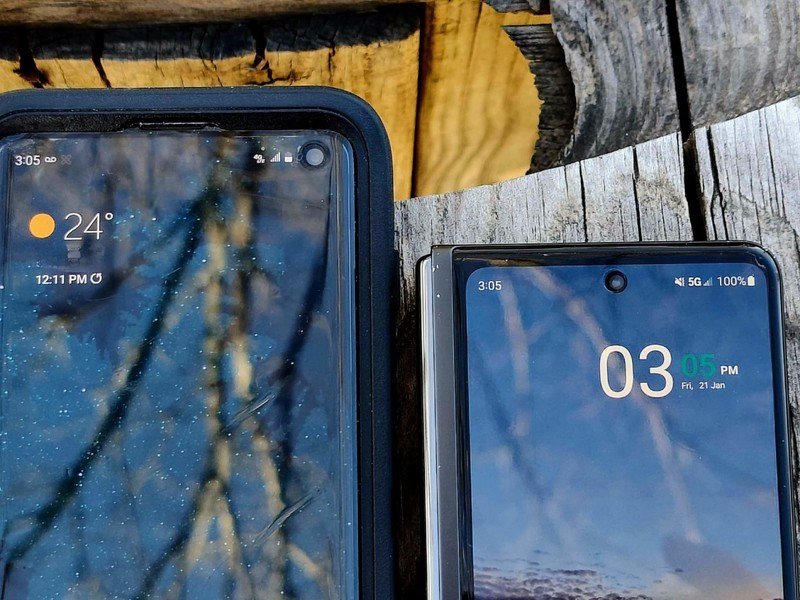
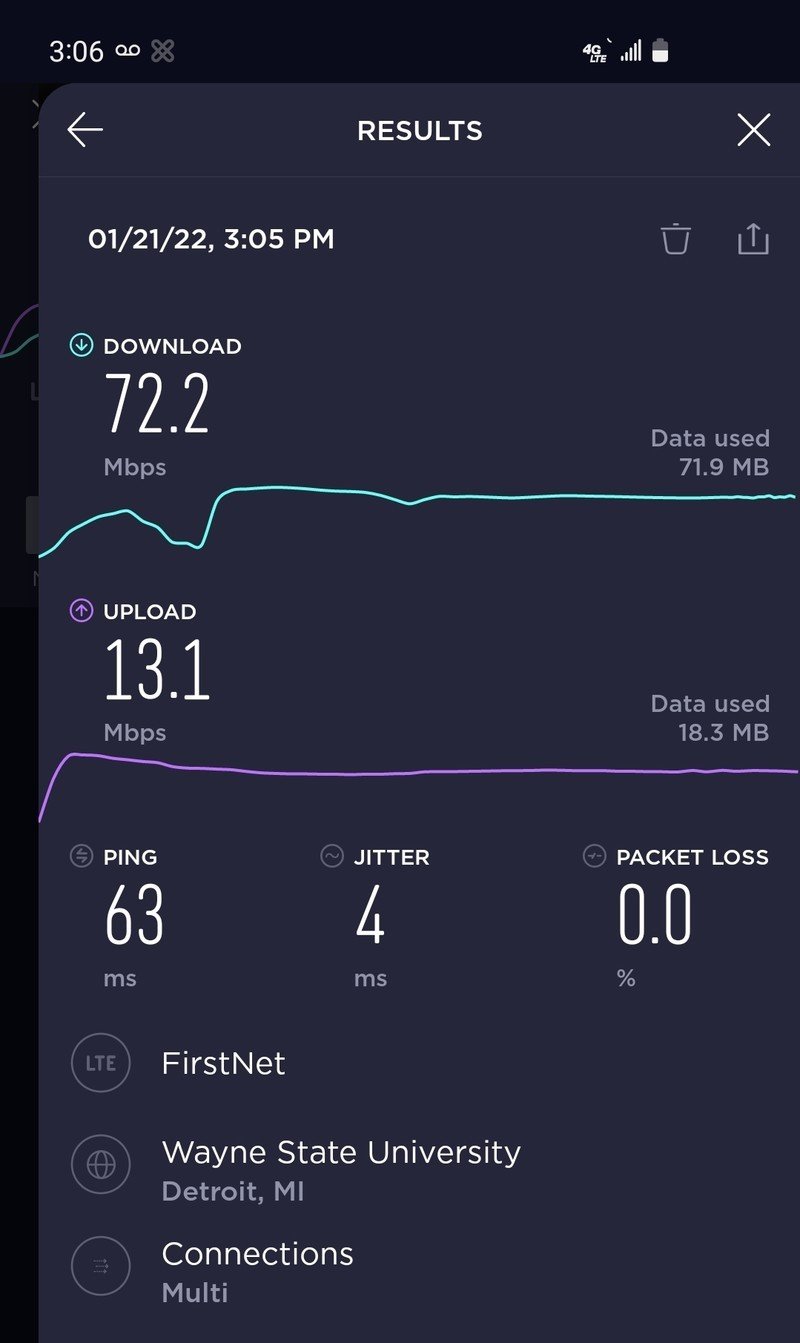
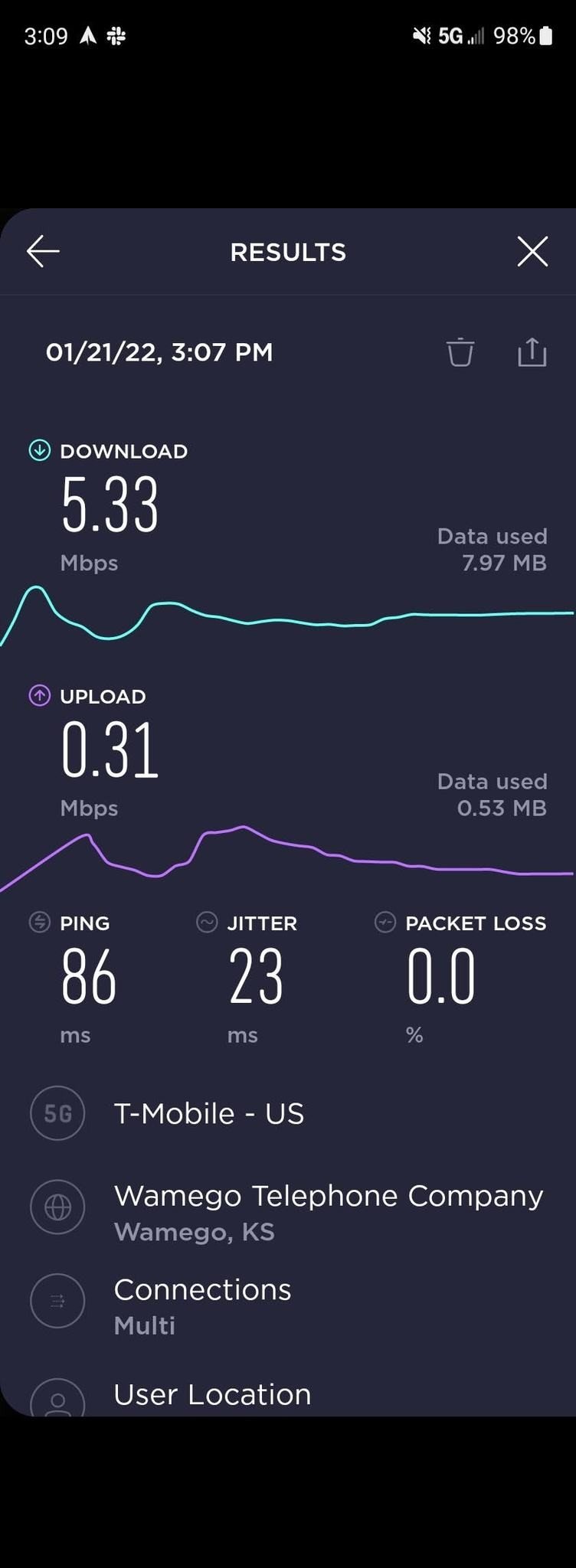
When I'm in my yard, my signal will quickly fluctuate between two bars and none at all. Inside of my home, I'm lucky to get any reception. Results are the same whether I'm using my Pixel 6 Pro, recently crowned the fastest Android smartphone, or with my Samsung Galaxy Z Fold 3.
Be an expert in 5 minutes
Get the latest news from Android Central, your trusted companion in the world of Android
The Federal Communications Commission is attempting to give a bit more clarity to these coverage maps by offering maps of its own. These seem to be slightly more accurate than what the carriers themselves provide. However, much of the data used by the FCC is self-reported directly from the carriers, so real-world results are still fuzzy.
It's 2022 in America, but fast, consistent cellular coverage is still a crapshoot.
I have tried every carrier available to me — Verizon, AT&T, Sprint, T-Mobile, and US Cellular. The only one that gets me an excellent signal is AT&T using its FirstNet service that I have through my day job as a technical analyst for a natural gas utility company. The service quality lines up with what Roger Entner said when he told me, "The carrier that will provide the best coverage in rural areas is ATT because of FirstNet." It's just unfortunate that everyone can't have access to its excellent service quality.
Yes, I know this is a pie-in-the-sky dream that I have, but really — is it so hard to provide reliable service to everyone?
Well, yes and no. In the United States, we are down to three major wireless carriers that maintain a stranglehold on the bulk of the spectrum available for cellular usage. These carriers spend billions of dollars each time more of this precious frequency is auctioned off, with smaller carriers left to fend for scraps.
While these radio waves that provide connectivity to our devices aren't tangible, the hardware used to transmit them is. To expand the signal to more people, it takes more towers. Carriers are balancing the need for more frequency to bolster their service with building new towers that broadcast that signal — and neither is cheap.
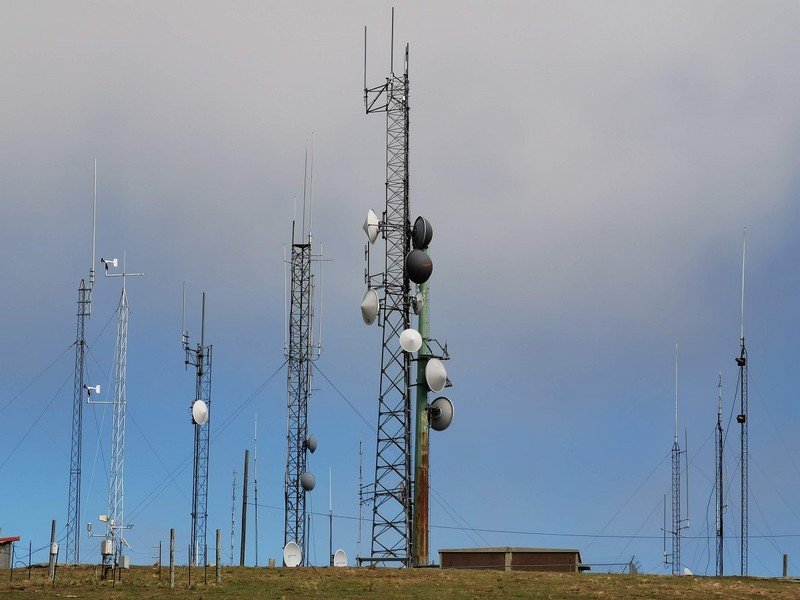
I asked Bill Ho, a principal analyst at 556 Ventures, what could be done to help relieve dead spots in coverage across rural areas; he told me, "It does come down to money and deployment. From a carrier's view, the cost to serve a smaller population relative to material and operational costs may be a money loser. That's why there are federal rural subsidy programs that service providers help defray some of that cost."
The cost of a tower is expensive, and so is its cost of operation, but the money required to get fiber to the building is another story.
These programs that Bill speaks of are out there and can help those entities that take advantage of them. But even in conversations that I had with my local electrical and internet companies asking what they were doing to access these programs to bring internet to their customers, I was told that there were many roadblocks in the programs. Aside from those, the main hurdle was the high cost of bringing in fiber to serve the homes.
The problem of bringing fiber to serve broadband customers is one and the same for cellular providers. Currently, the costs to build a cell tower, get fiber to it, and its regular operation are so high that it's hard for carriers to justify their construction without significant users to support it. But, it could be a case where companies like SpaceX and its Starlink do more than just save my home broadband.
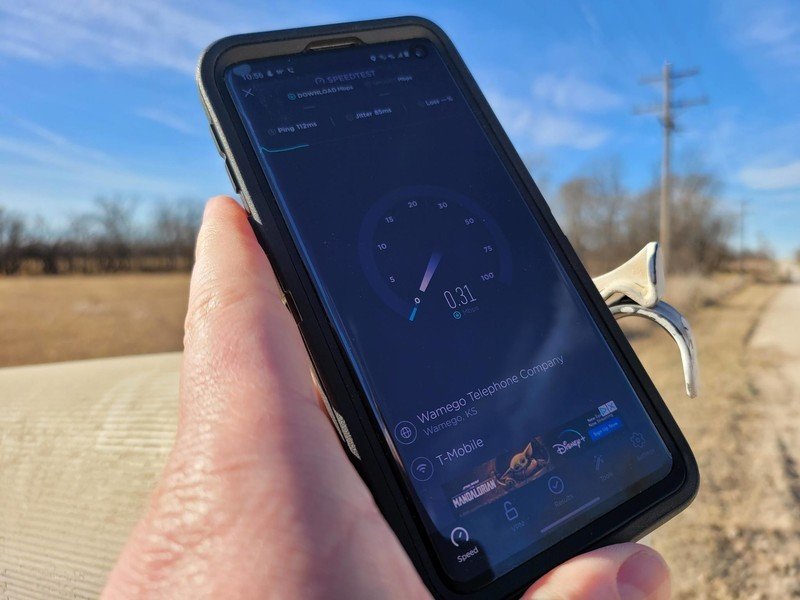
In continuing his response as to what could be done to help relieve dead spots in coverage across rural areas, Ho said:
"Also, many carriers, if they don't have their own equipment, count on rural carriers to roam on those networks. Some dead spots could be terrain-related. At least addressing mobile coverage in the US, that's partly why Verizon (Amazon Project Kuiper) and AT&T (OneWeb & AST Mobile) have looked ahead and forged pacts with satellite players. The satellite tech is looking to address the fixed and mobile equation. As we have seen, Musk's Starlink doesn't use 5G but looks to address fixed rural connectivity."
Removing one of the high-cost barriers to building a new cell tower is a big step towards bringing coverage to rural areas that more closely resembles what the carrier maps show where they all try to claim the best 5G network. However, while this is a good start, it will be up to these cellular providers to realize that even though these towers won't be covering millions or even hundreds of thousands of users, they will be helping solve a major pain point that a lot of rural Americans face.
